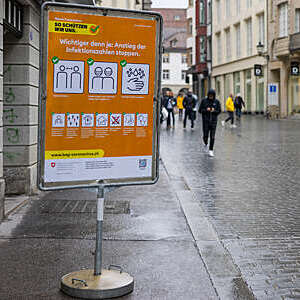Identifying OHS hazards and managing risks
People are the foundation of every business. That’s why it’s essential to be fully aware of OHS hazards, develop strategies to reduce risks, and promote a culture that keeps your workers protected.
Standards in this area foster preparedness for both natural and human-made disasters, and help ensure accident and fire prevention is built into products and processes. ISO standards assist organizations and communities in reducing risks, implementing robust emergency response and recovery plans, and ensuring swift, coordinated actions during crises. Ultimately, these standards protect lives, property, and the environment.
People are the foundation of every business. That’s why it’s essential to be fully aware of OHS hazards, develop strategies to reduce risks, and promote a culture that keeps your workers protected.
Prioritizing environmental sustainability isn’t just a trend: it’s a vital strategy for securing the health and prosperity of an organization for years to come. Balancing growth with environmental stewardship is more important than ever.

Guidance on building back better when disaster strikes.